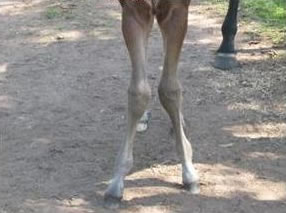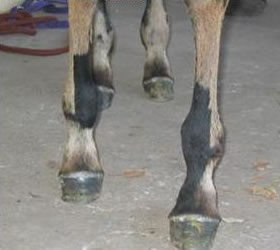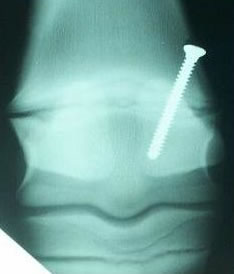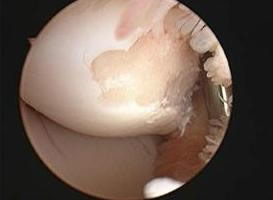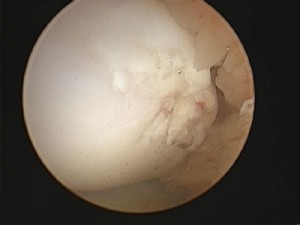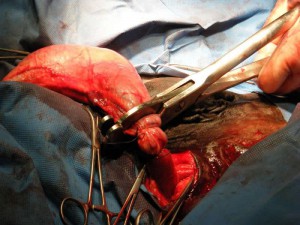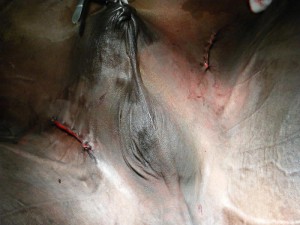Arthritis
Osteoarthritis – not just a disease of older horses.
Osteoarthritis is one of the most common causes of lameness, poor performance and premature retirement in racehorses. It should not be considered as a problem just in “older” horses, as early stages of osteoarthritis can develop in horses as young as two years old. Arthritis does not have to be debilitating for your horse. Treatments are effective and are readily available including many new ways of managing this disease.
Trainers commonly report their horses to be “jarred up” particularly after a race or gallop on a hard track. These horses may not be lame, but are described as “a bit scratchy” or reluctant to “stretch out”. This may be perceived as “normal” for a particular horse but in fact, it may be an early warning sign of joint pain. Some horses may not show any signs of soreness at all, but develop swelling, filling, heat or pain around the affected joint. These are all common signs of joint inflammation. Joint inflammation can arise simply from repeated stress incurred during everyday training. Healthy joints are protected by cartilage, which acts as a shock-absorbing cushion between the bones, and a thick sticky synovial joint fluid, which acts as a lubricant. Joint inflammation causes the release of destructive enzymes into the joint, which if left untreated or allowed to recur repeatedly, have an irreversible destructive effect on the joint cartilage and the quality of the synovial fluid.
It is impossible to prevent joint stress however the aim is to normalise the inflamed joint as quickly as possible before permanent damage occurs. As osteoarthritis is not curable, the key to successful management and prevention of ongoing damage is early detection and prompt treatment. Routine management procedures such as icing and bandaging, anti-inflammatory drugs (phenylbutazone), anti-arthritic drugs (Cartrophen, Pentosan, Hyaluronic Acid etc.) and cortisone joint injections are effective treatments for managing osteoarthritis. Recently a new technique known as IRAP has been developed which involves collecting and using the horses’s own natural antibodies as a joint injection. If you have any further questions, please call the clinic and we will be happy to discuss this with you.

